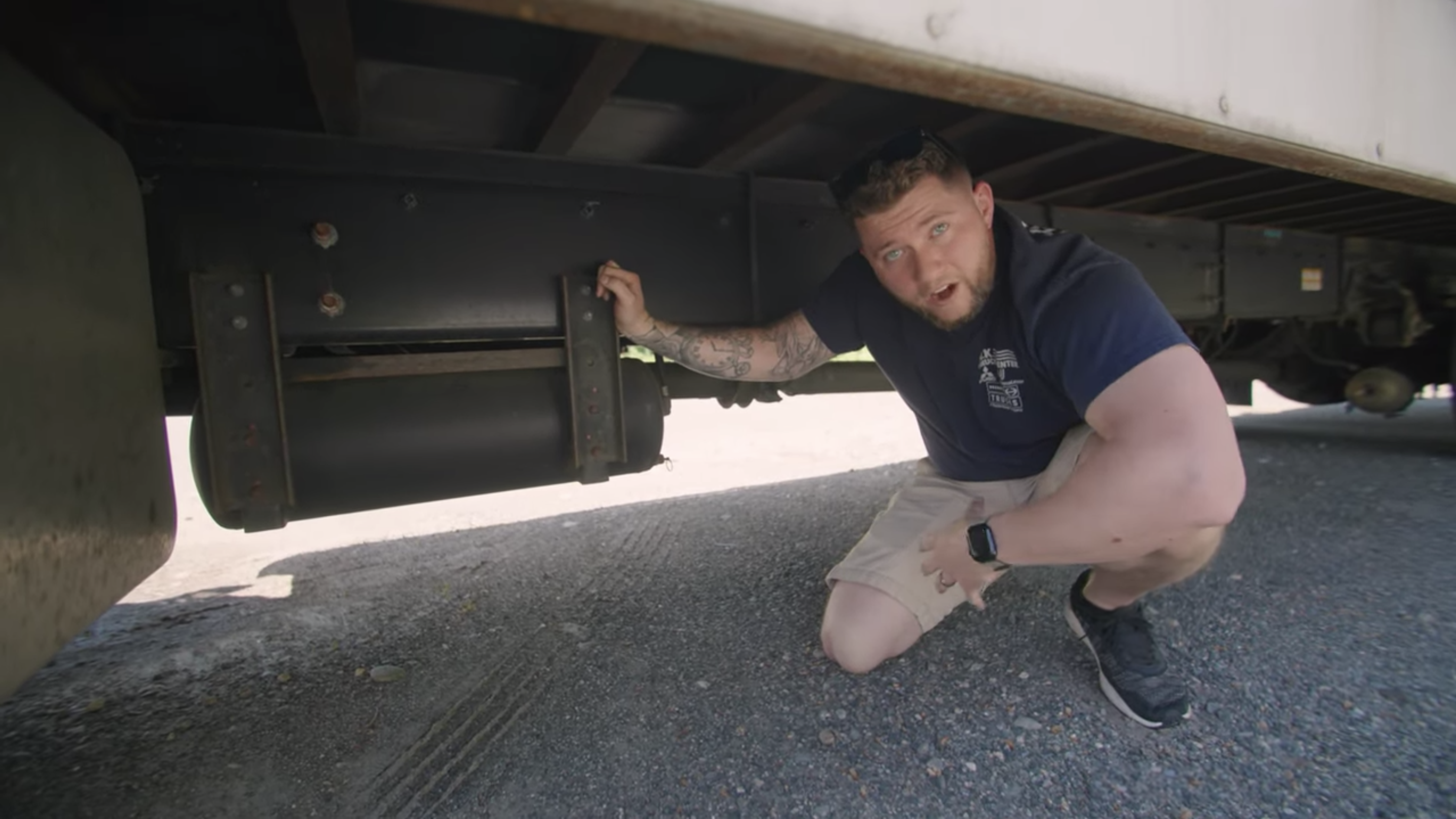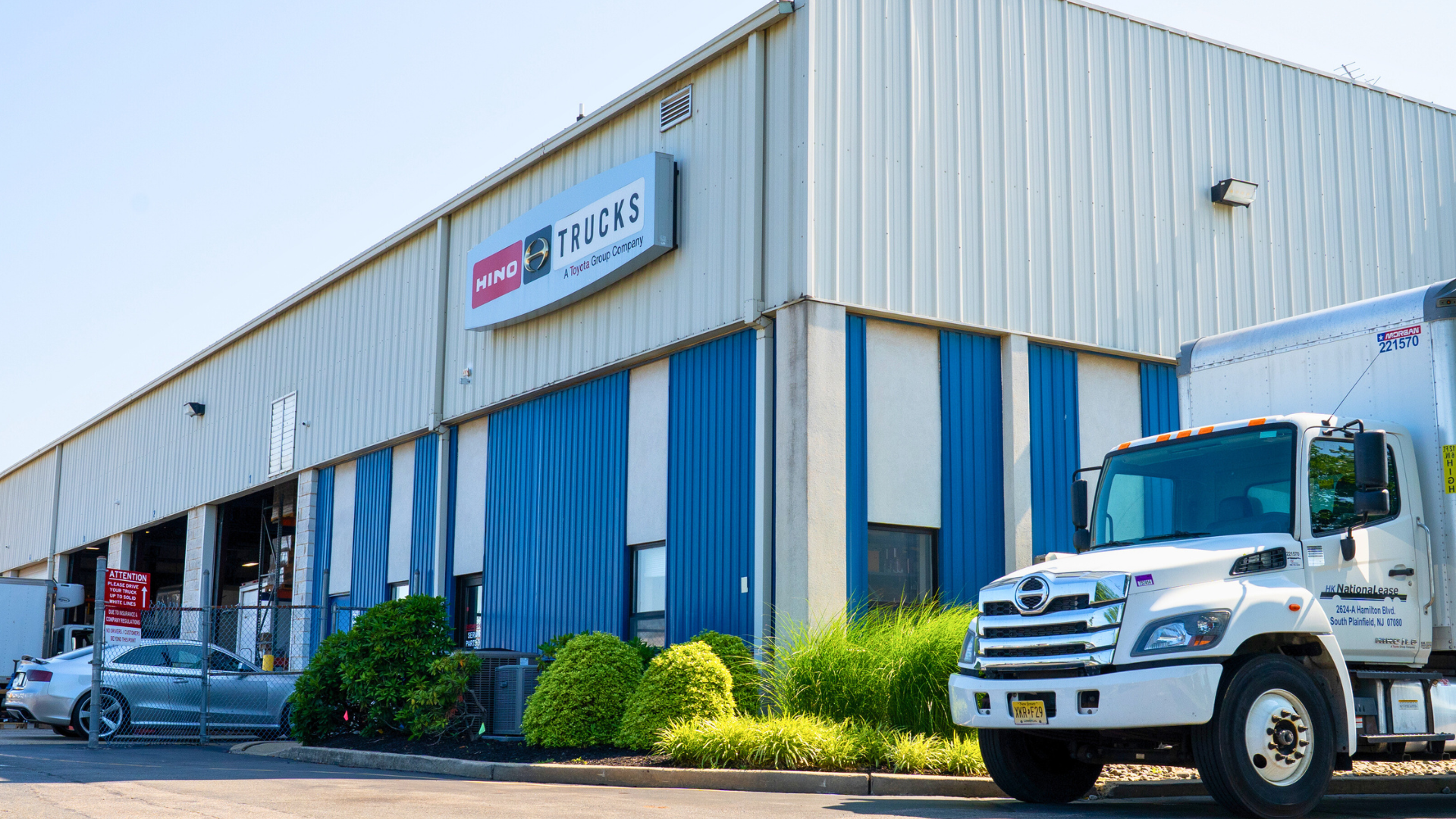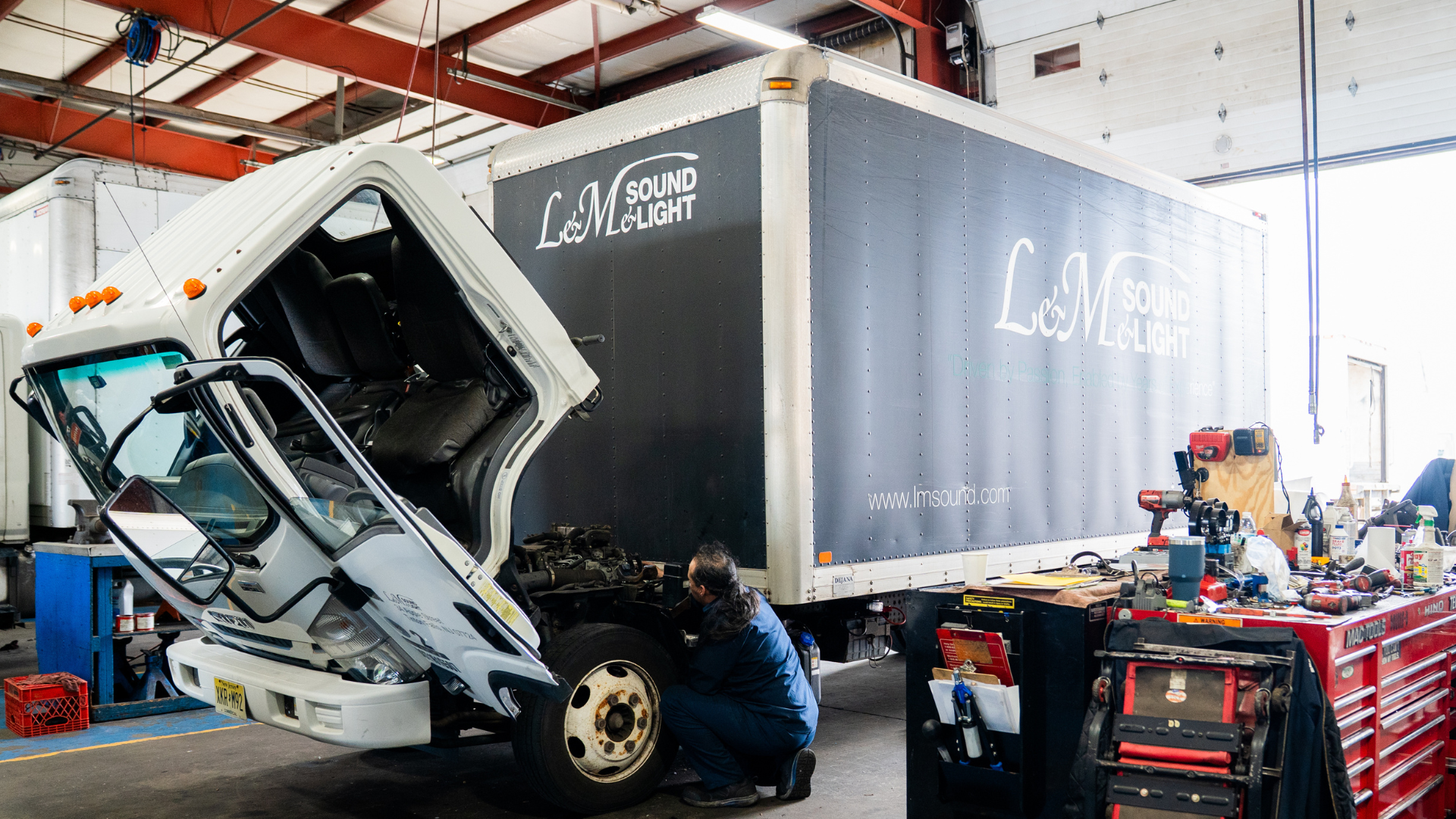
How to Properly Drain the Air Tanks on Your Hino Truck
Importance of Draining Air Tanks on Hino Trucks
As a Hino truck owner, properly maintaining your vehicle’s air brake system is crucial for safe and reliable operation. One of the most important maintenance tasks is regularly draining the air tanks to remove any accumulated moisture. This is especially important during the winter months when freezing temperatures can cause issues if water is left in the system.
Newer Hino trucks are also designed to avoid the use of air brake antifreeze, as this can potentially cause problems with the truck’s emissions system. Instead, the recommended approach is to manually drain the air tanks on a regular basis to keep the system functioning properly.
In this article, we’ll walk you through the step-by-step process of draining the air tanks on your Hino truck, explain why it’s so important, and provide some additional maintenance tips to keep your air brake system in top shape.
Understanding the Hino Truck Air Brake System
Before we dive into the draining process, it’s helpful to have a basic understanding of how the air brake system works on a Hino truck. The system is composed of several key components, including:
- Air Compressor: This component is responsible for generating the compressed air that powers the brakes.
- Air Tanks: These tanks store the compressed air, which is then distributed to the various brake components as needed.
- Air Dryer: The air dryer removes moisture and contaminants from the compressed air before it enters the air tanks.
- Brake Chambers: These components convert the compressed air into mechanical force to apply the brakes.
- Air Lines: The network of hoses and pipes that transport the compressed air throughout the system.
Over time, as the air compressor operates, it can introduce small amounts of moisture into the air brake system. This moisture can accumulate in the air tanks, which can lead to a variety of problems if left unchecked.
Why Draining Air Tanks is Crucial
Regularly draining the air tanks on your Hino truck is essential for several reasons:
Prevent Freezing
During the winter months, any water that has accumulated in the air tanks can freeze, causing blockages in the air lines and potentially damaging other components. This can lead to a loss of braking power, which is a serious safety concern. By draining the tanks, you can ensure that any moisture is removed before it has a chance to freeze.
Maintain Brake Performance
Moisture in the air brake system can also lead to corrosion and wear on the various components, such as the air compressor, air dryer, and brake chambers. This can result in a gradual decline in brake performance over time. Draining the air tanks helps to remove this moisture and keep the system functioning at its best.
Comply with Emissions Regulations
Newer Hino trucks are designed to avoid the use of air brake antifreeze, as this can potentially interfere with the vehicle’s emissions control systems. By regularly draining the air tanks, you can ensure that your truck is in compliance with these regulations and avoid any potential issues.
Step-by-Step Guide to Draining Air Tanks
Now that you understand the importance of draining the air tanks on your Hino truck, let’s walk through the step-by-step process:
Gather the Necessary Tools
- Safety glasses or goggles
- Gloves (optional)
- A rag or paper towels
Locate the Air Tank Drain Valves
The air tanks on your Hino truck are typically located underneath the vehicle, near the rear axle. Look for a pull-tab or lever on the bottom of each tank, which is the drain valve.
Drain the Air Tanks
- Park your Hino truck on a level surface and apply the parking brake.
- Locate the air tank drain valves, which are typically pull-tabs or levers on the bottom of each tank.
- Wearing your safety glasses, pull the drain valve tab or lever to open the valve and allow any accumulated moisture to drain out.
- Allow the tank to drain for a few seconds, or until you no longer see any water or moisture coming out.
- Close the drain valve by pushing the tab or lever back into the closed position.
- Repeat this process for each air tank on your Hino truck.
Inspect the Drained Moisture
As you drain the air tanks, take a moment to inspect the moisture that comes out. If you notice a significant amount of water or if the moisture appears to be contaminated with oil or other substances, it may be a sign of a larger issue with your air brake system. In this case, it’s a good idea to have your Hino truck inspected by a qualified technician.
Maintenance Tips for Hino Truck Air Brake Systems
In addition to regularly draining the air tanks, there are a few other maintenance tasks you can perform to keep your Hino truck’s air brake system in top shape:
Check the Air Dryer
The air dryer is a critical component in the air brake system, as it removes moisture and contaminants from the compressed air before it enters the air tanks. Over time, the air dryer’s desiccant cartridge can become saturated, reducing its effectiveness. Consult your Hino owner’s manual for the recommended replacement interval and have the air dryer serviced as needed.
Inspect Air Lines and Fittings
Regularly inspect the air lines and fittings throughout your Hino truck’s air brake system for any signs of wear, damage, or leaks. Tighten any loose fittings and replace any damaged or worn components to ensure the system is operating at its best.
Monitor Air Pressure
Keep a close eye on the air pressure gauges in your Hino truck’s cab, and be aware of any sudden drops in pressure. This could be a sign of a leak or other issue in the air brake system that needs to be addressed.
Consider Preventive Maintenance
To keep your Hino truck’s air brake system in top condition, consider scheduling regular preventive maintenance with a certified Hino dealer or qualified technician. They can perform a comprehensive inspection, identify any potential issues, and ensure that all components are functioning properly.
Conclusion
Properly draining the air tanks on your Hino truck is a simple but essential maintenance task that can help prevent costly repairs and ensure the safe operation of your vehicle. By following the steps outlined in this blog post and incorporating other air brake system maintenance practices, you can keep your Hino truck’s air brake system in top shape for years to come.
If you have any questions or need assistance with maintaining your Hino truck, be sure to reach out to the team at HK Truck Center, a Certified Ultimate Hino Dealer and Certified Fuso Dealer located in Central New Jersey. They can provide expert advice and support to keep your commercial vehicle running at its best.




